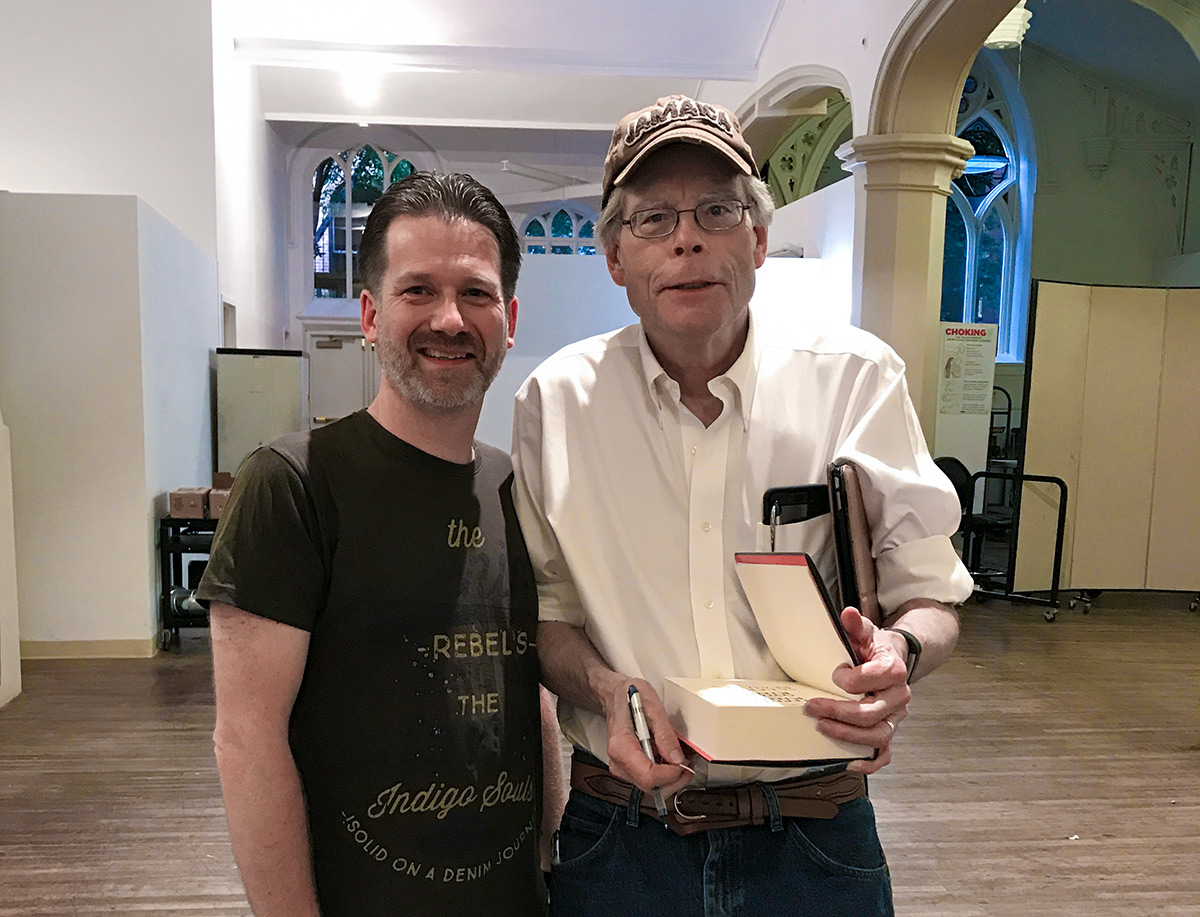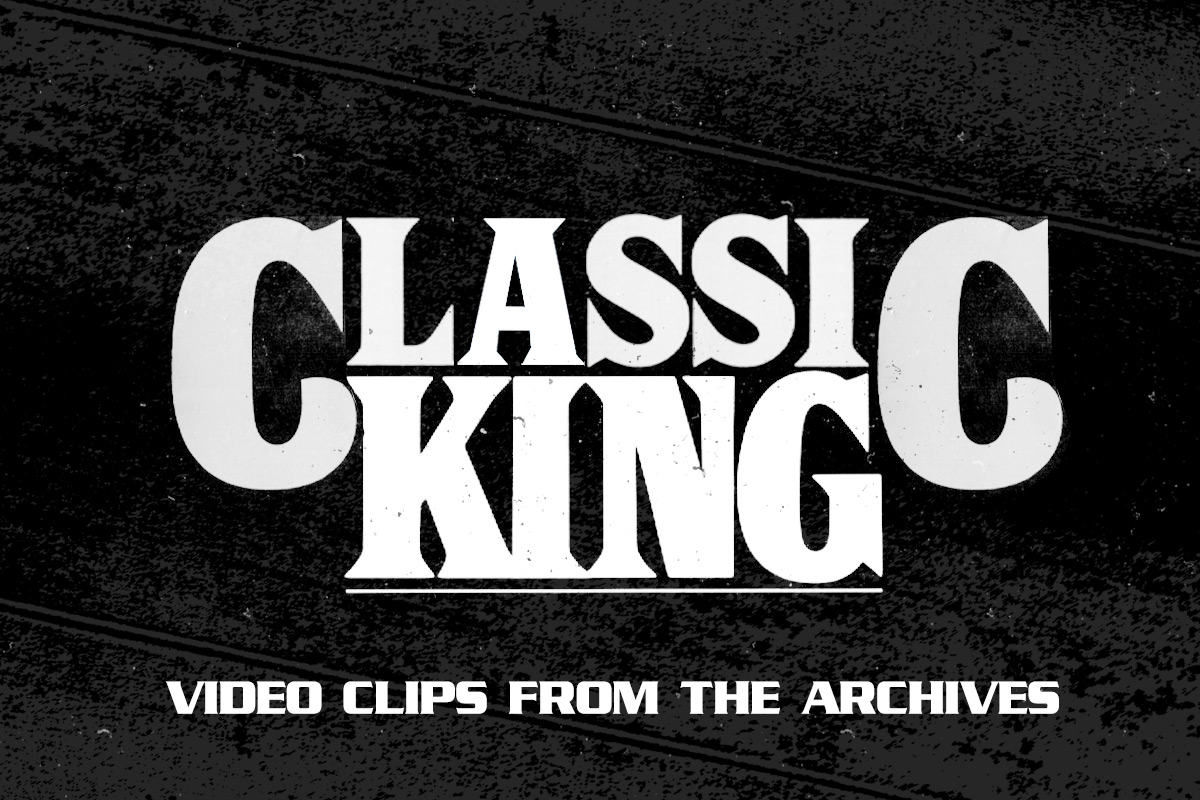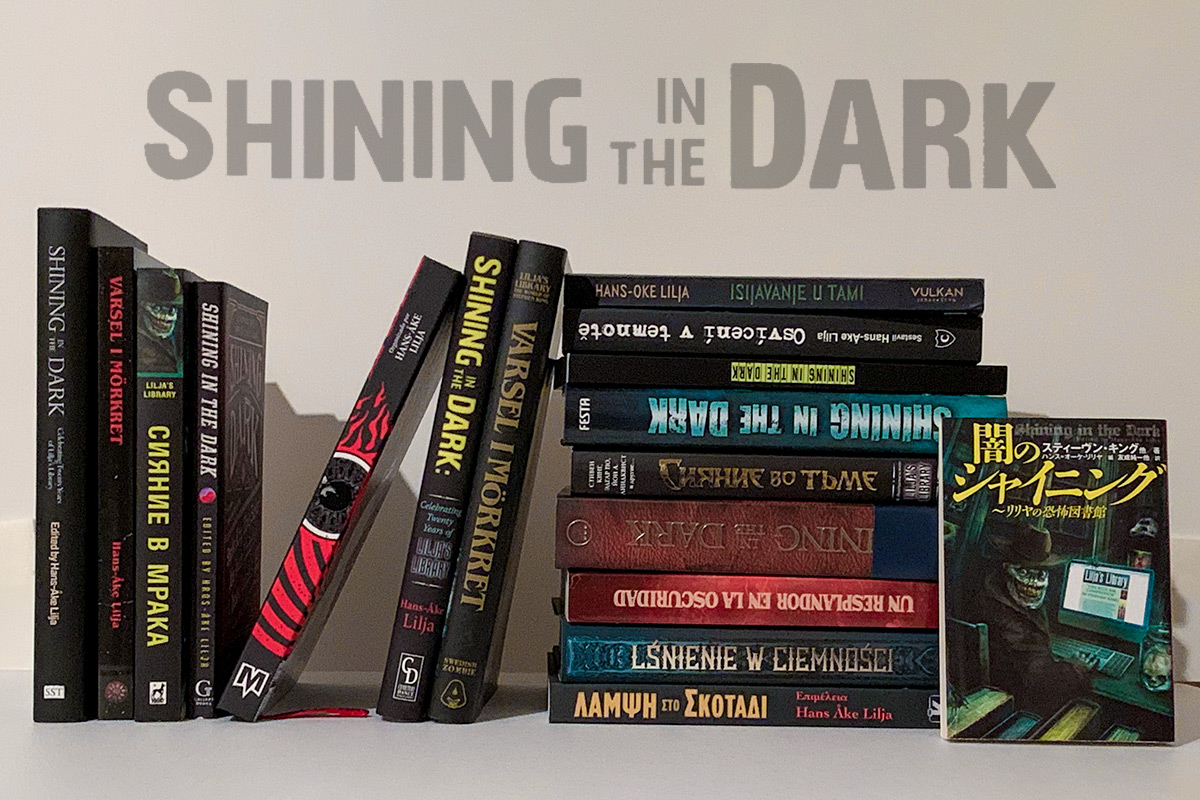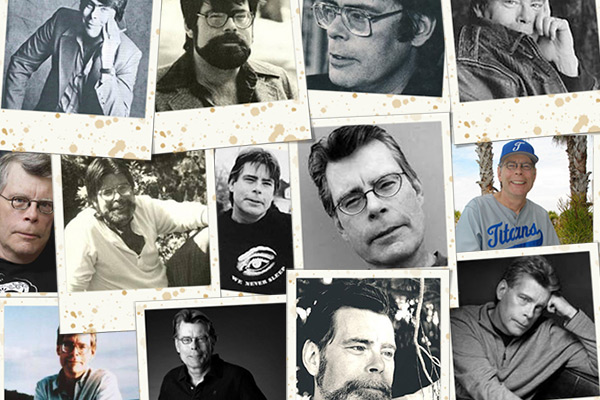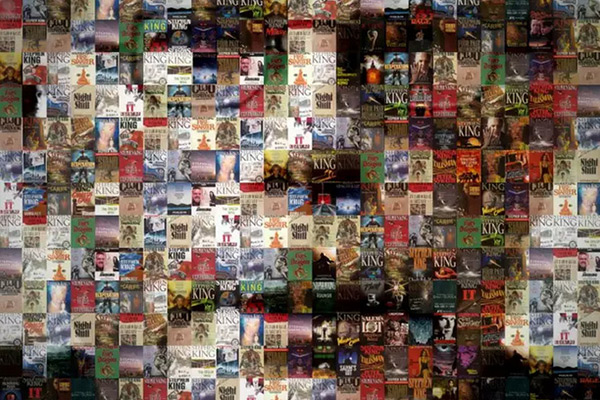Mark Stutzman
Posted: October 21, 2006
_
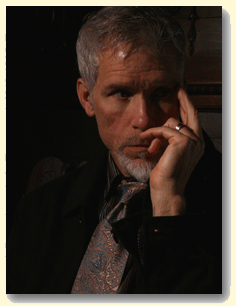 Mark Stutzman has done the covers for most of King’s recent books. I thought it would be interesting to hear how a cover came to life so I contacted Mark who was kind enough to let me interview him. He also agreed to show me some of his early versions of some King covers. These have never been seen publicly before so enjoy!
Mark Stutzman has done the covers for most of King’s recent books. I thought it would be interesting to hear how a cover came to life so I contacted Mark who was kind enough to let me interview him. He also agreed to show me some of his early versions of some King covers. These have never been seen publicly before so enjoy!Lilja: Tell me a bit about yourself. How did you become an illustrator?
Mark Stutzman: I was always interested in art but never knew much about commercial art until my junior year in high school. We had a student teacher visit my art class and she talked about careers in art. I was taken by the idea that I could create artwork for hire rather than conjuring images on my own in hopes of selling them. I enjoy the process of solving problems visually so it's a perfect fit for me. Often times art directors will come to me with their own ideas and it's up to me to make them work. That can get me thinking differently and explore new kinds of imagery.
Lilja: How did you get hired to do King’s book covers?
Mark Stutzman: When my first King cover came in, I was already in a regular working relationship with the art director, John Fulbrook, at Simon and Schuster. We worked well together and had probably about six covers behind us when From a Buick 8 came out. I think John picked me because we were accustom to batting ideas around with each other. I have great respect for his opinion and trust that he's guiding me in the right direction. Sometimes I can get too hung up on images and not think about how it will actually work as a cover.
Lilja: How do you work when you do the cover? Do you read the book, a draft, a summery or is someone telling how the art should look?
Mark Stutzman: Often times a summary is enough when doing a book cover. Sometimes author's notes or the publisher's suggestions will work. In the case of the King covers, I've always read the books. It's to my benefit since the books are rich with imagery. In fact it's sometimes hard to focus in on just one idea since the books have so much visual content.
Lilja: Do you get a lot of freedom when you do the covers?
Mark Stutzman: Initially, I'm giving full freedom to explore ideas. I will come up with a dozen or so thumbnail sketches to show the art director. I like to show allot of different directions to inspire new ideas from the art director. It's a rare case that an original sketch is followed through on verbatim. Sometimes ideas are combined to make a better new idea. When we worked on From a Buick 8, the only stipulation John had was that he didn't want a dark macabre cover. He wanted it to be different from the usual solution and have an erie feeling without the typical look.
Lilja: How is the process of making a cover? From the time you get the offer to do it to when you hand in the finished cover art.
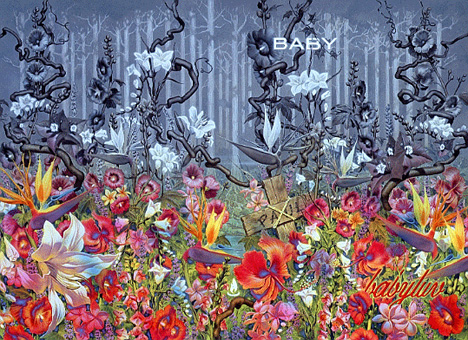
Mark Stutzman: The process begins with reading the manuscript. I take notes and draw little pictures here and there to keep a running list of ideas. Then I work up a bunch of thumbnail sketches to e-mail off to the art director. We'll hash out the good from the bad and figure out which ones have the most potential. Then I'll work up some tighter versions of the thumbnails, say three or four, to see if they work at a slightly more refined stage. We'll discuss these further and start to talk about color, type placement, whether the image will wrap around or just be a cover, etc. I then will do tighter versions of what the art director feels are the best ideas. At this stage we usually have our favorite and will push for that one, but we'll still provide some options. These are often shown to the author or at least the editor for input. Stephen has always been great with reviewing sketches. He's enthusiastic but still invests the time to put in his two cents. On From a Buick 8 he broke the news to me that I had chosen an antique car from the wrong year according to the manuscript. Because he liked the car grill so much, instead of making me change it, he changed it in the book to match the art. How cool is that? On Everything's Eventual, he came up with the idea to put "Oh God please help us" on the napkin and for Cell he suggested adding the baby shoe to the spine. An image that got lost in the shuffle of ideas.
Once all the input is taken in I work up a final tight pencil. To do this it generally requires shooting photographic reference or visiting junk yards as I did for From a Buick 8. For Everything's Eventual I set up an entire dining room complete with blood. For Cell I mixed up a bloody concoction a poured in on a downtown sidewalk to reference the effect. The stain lasted for weeks and I was concerned I might get fined for destruction of public property. The art director and editor will look at the tight pencil once more and makes any final comments before I go to color. The author may or may not be involved at this stage.
Finally I begin to paint in watercolor and do the finishing touches with airbrush and goauche, opaque watercolor. The airbrush layer is used to refine and enrich the colors to give it more of an oil painting look.
Lilja: How much time are we talking about from idea to finished art?
Mark Stutzman: This can vary greatly with approval times and deadlines. I have a cover I've been on hold with for about a year now. The King covers usually happen in a couple of months since the publication dates are rather strict.
Lilja: You did the cover for From a Buick 8, Everything’s Eventual, Cell and now lately the cover for Lisey’s Story. Do you have a favorite?
Mark Stutzman: I think Everything's Eventual is my favorite. I like the contrast of the pristine environment with the chaotic back cover. The single drop of blood in the water glass was the art director's idea. The drop of blood was stolen, literally, and used on another book cover only in a milk bottle. I guess that means it was a good idea.
Lilja: Is it frustrating to do an illustration like the one for Lisey’s Story and then see that they have only used a very small part of it for the finished cover?
Mark Stutzman: It was a hell of allot of work, but I knew going into it, what the plan was. The art director wanted the book to have more of a packaging feel and I think it was brilliant on his part. It gives the book a presence and plays well with the story, if you've read it. Part of the thinking with the cover was that people often read books in public places, so the art director didn't want the cover to be too wicked. What could look more innocent than a bunch of flowers?
Lilja: Have you done a cover that King has rejected and if so, what was wrong with it according to King?
Mark Stutzman: So far, so good! He's been a champ. I think the process is designed to protect everyone from going too far in a wrong direction.
Lilja: Will you be doing more King covers?
Mark Stutzman: That's entirely up to Stephen and John. I'll do them as long as they'll have me! But then, who wouldn't?

